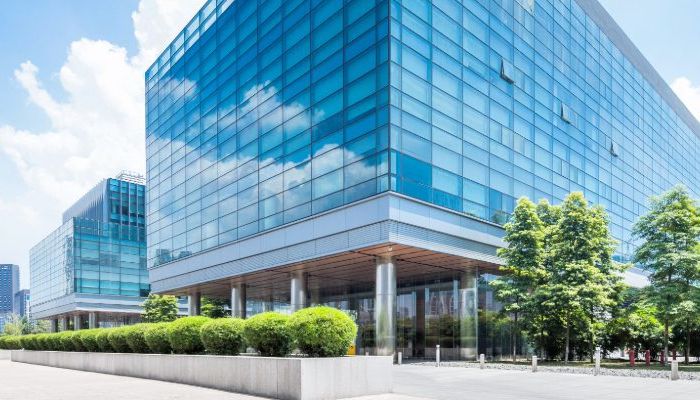By now, humans are used to being surrounded by technology that’s been programmed to do amazing things in the blink of an eye. What we’re not used to is technology that can learn how to do those amazing things all by itself. Such is the promise of generative artificial intelligence (AI). But what is generative AI and how will it impact facilities management?
Generative vs. traditional AI
Generative AI differs from traditional AI in that the former is capable of creating new insights and information from the data it analyzes. Outputs from traditional AI are based on processing a specific set of data according to predefined guidelines. Put another way, traditional AI may be able to play Monopoly with you, but generative AI can create an entirely new game.
Empowering FMs to be more proactive
For facility managers, the biggest advantage generative AI represents is the ability to leverage proactive – rather than just predictive – insights, suggestions and even actions without the need for ongoing human intervention. For example, traditional AI can tell you when a piece of equipment is expected to fail based on its maintenance history. Generative AI, on the other hand, will monitor the performance of building processes, detect anomalies that indicate a possible issue and then automatically assign someone to inspect the equipment before it malfunctions. In this way, generative AI can deliver cost savings, reduce occupant disruption and even contribute to sustainability initiatives.
“Generative AI brings many opportunities to the FM world, from simpler tasks such as predicting when certain hybrid-workers will be on-office and the best meeting rooms to use, to complex challenges of recommending real estate strategies and creating multiple move scenarios,” said Dan Lorenz, President, AMS Workplace Technology. “By using occupancy sensors that are available today, large data sets can be analyzed by generative AI to help solve real-world challenges that FMs face today to right-size their facility with the amounts and types of spaces best suited for their hybrid workplace.”
Delivering high-performing workplaces
By using generative AI-enabled workplace management solutions, business leaders, A&D experts, corporate real estate professionals and facilities teams can quickly leverage actionable insights, patterns, and predictions to inform strategic decisions that yield high-performing workplaces.
“We’ve been leveraging machine learning and AI to interpret data. Then from there, we use it to predict behavior,” said Kurt von Koch, CEO and Chairman for FM:Systems in a recent Facility Dive interview. “Now, what we’ll start doing is not just predicting, but prescribing, being able to not only make it more of a passive, frictionless experience with the workplace, but also helping our customers drive attendance and drive people back into the workplace in ways that make sense, as opposed to just mandating that they return to the workplace.”
A note of caution
The adoption of generative AI by commercial real estate stakeholders will bring great progress on a number of fronts, but there’s reason for society as a whole to be wary and deliberate about how it’s deployed.
“AI-powered workplace management solutions offer the potential to transform organizational operations, enhance efficiency, and reshape resource distribution. These innovations hold the capacity to redesign workplace layouts, empower facilities teams, and simplify Corporate Real Estate (CRE) approaches,” said Travis Kemp, VP Product Management for FM:Systems. “Yet, as we adopt these progressions, it becomes vital to address ethical implications and the possible displacement of jobs, ensuring that the human-centered elements of work retain their prominence alongside technological efficiency.”
Advanced workplace management solutions, like FMS:Insights, already automate data gathering and reporting to provide powerful, objective intelligence on workplace utilization, employee mobility, and much more. With the added contributions of generative AI, facility managers can supercharge their sustainability, cost reduction, efficiency and return-to-office initiatives.










